- Engineer's Espresso
- Posts
- 3D print a screw
3D print a screw
An MIT PhD student built a 3D printer that fits in your palm...
Happy Tuesday, folks!
Welcome to This Week in Engineering
The WINNER of last week is:
🎉 James 🎉
His response is:
“3 Materials on an island:
1. Bamboo to create the surface and support frame
2. Rope - to tie the bamboo together
3. Concrete mix to create footing for the bamboo”
Want to get featured in the next edition?
Fill in the Blanks at the end, and get a limited-edition sticker from us!!

Are you patient enough to wait for 12 hours for a 3D printer to make a tiny keychain?
The first few minutes you’re like “wow” and then go like “just give it to me already” (that’s me lol).
An MIT PhD student built a 3D printer that fits in your palm using tiny chips that shoot holograms into resin. Instead of printing layer by layer, multiple laser beams intersect inside the liquid and cure entire objects instantly wherever the light patterns overlap.
Think of it like 3D photography: the interference patterns from crossing laser beams create standing waves that harden the resin in complex 3D shapes all at once. No moving parts, no waiting.
Regular 3D printers take half a day to make a phone case. This thing could probably print your morning coffee mug before you finish brushing your teeth.
Need a phone stand? Print it. Missing a screw? Print it. Life just got easy.
Indonesia has been having a massive crime problem.
But I never ever thought they would replace cops with emotionless metal enforcers that never call in sick 😓
During a parade in Jakarta, they showcased 25 robotic officers complete with police uniforms and black berets. These bots use cameras for facial recognition, sensors for navigation, and chemical detectors for bomb disposal - basically a walking crime lab.
The robotic dogs work like regular police dogs but with electronic noses that can detect explosives and drugs. They use gyroscopes to stay balanced and never get distracted by squirrels (but you also can’t look at them and say “awww”).
Would you feel happy seeing a dog like this at the airport?
I would like to depart asap lol.
Fun fact: there is 18 million tonnes of coffee grounds dumped in landfills every year
But never, ever did anyone think "what if we could build houses with this?" until recently…
Dr. Yat Wong's team figured out how to mix coffee waste with clay and a chemical activator that lets the bricks cure at just 200°C instead of the usual 1000°C furnace temperatures.
The coffee grounds add strength while the lower temperature saves energy.
How?
Coffee grounds contain silica that bonds with the clay when activated, creating bricks twice as strong as building standards require while cutting CO₂ emissions by 80%.
Every morning latte you drink is basically contributing to sustainable construction.
Your caffeine addiction just became a building material
Engineering meets espresso for real this time 😉

Ever had someone give you an impossible project brief?
Try this one:
"Build a storage facility that keeps seeds alive for centuries, survives nuclear war, withstands earthquakes, and works even if civilization collapses. Oh, and it has to run itself."
Your first reaction would probably be:

Well, some engineers got exactly this brief. And somehow, they actually pulled it off.
Welcome to the Svalbard Global Seed Vault. It’s buried 130 meters deep inside a frozen mountain, 1,300 kilometers beyond the Arctic Circle.
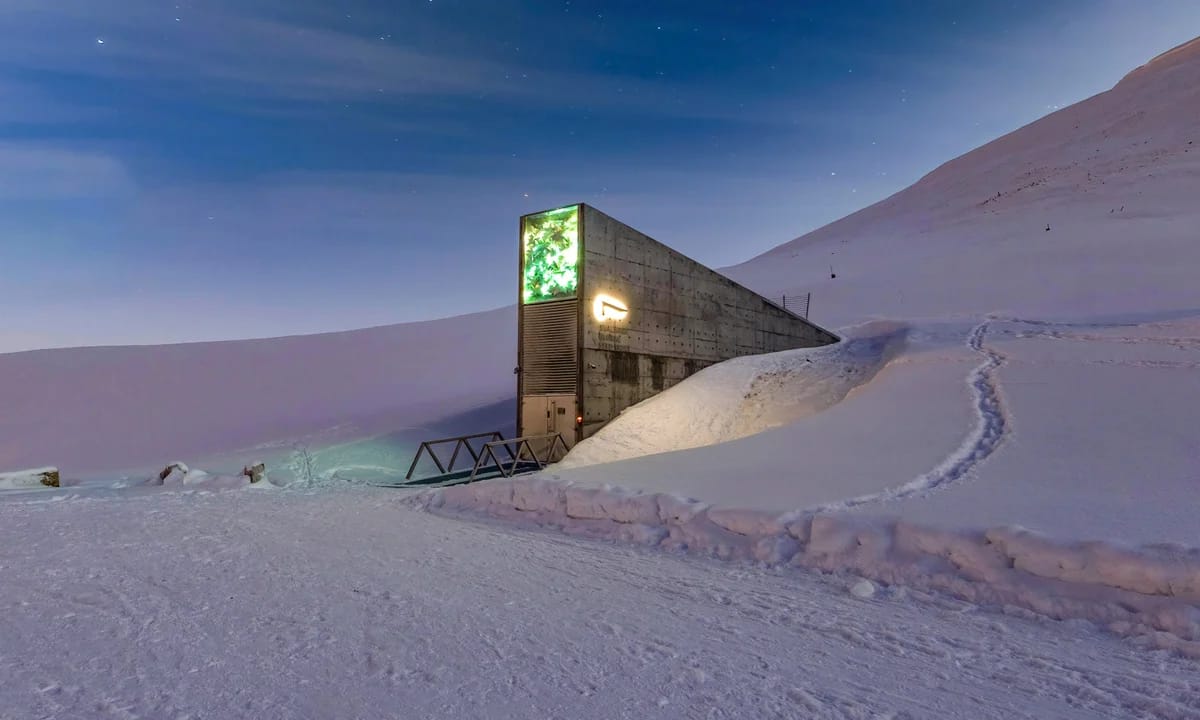
It's humanity's agricultural insurance policy, and arguably the most over-engineered project on Earth.
The challenge that would make NASA engineers nervous
Building a freezer that works for 1,000 years isn't exactly covered in engineering school.
The location, Spitsbergen in Norway, has had no earthquakes and has permanent permafrost (ground that stays frozen for years).
At 130 meters above sea level, it stays dry even if all the ice caps melt.
But here's the thing: building in permafrost is like performing surgery on a frozen mountain.
One wrong move could create thermal bridges that compromise the entire system.
The thermal engineering nightmare
Maintaining -18°C in the Arctic sounds easy ("it's already cold!"), but the vault needs to be colder than the surrounding permafrost regardless of power failures or seasonal changes.
HOW?
Make the natural environment the backup power source.
They installed locally mined coal for refrigeration units, but if everything fails, the permafrost keeps things frozen anyway.
The storage rooms use limited oxygen access to slow seed metabolism and delay aging.
Materials science that outlasts civilization.
The seeds sit in three-ply foil packages: not your kitchen foil, but precision-engineered barriers that handle thermal cycling and pressure changes for hundreds of years.
Each package prevents moisture, oxygen, and contamination.
Boring? No
Nanofilm data sheets attached to seed boxes store identity information using nanotechnology that will outlast most digital systems!!

The stress test nobody ordered
In 2016, unusually warm weather caused massive water intrusion: 15 meters into the tunnel.
Did the vault fail? Nope. The water froze solid exactly as designed.
The engineers had built the tunnel to slope downward then back up toward the vault.
Any water has to flow uphill to reach seeds, and if it gets that far, it hits -18°C and turns to ice.
They could have stopped there.
Instead, they waterproofed walls, removed heat sources, and dug drainage ditches. Engineering iteration at its finest.
And, it gets better…
No permanent staff needed. This system runs itself in one of Earth's most hostile environments.
PS: When engineers really need to solve an impossible problem, apparently they just build something that outlasts the civilization that created it 🧊
Want to read more?


Senior Manufacturing Quality Engineer: Oura
Turn ‘it works in theory’ to…‘it actually works’.Structural Engineer: Simpson Gumpertz & Heger (SGH)
Grab your hard hat…time to fix dams, tunnels and nuclear plants.Chemical Engineer: PCB, (Starlink)
Help connect the world with rockets, satellites, and a little chemistry magic!
Want to list your job with us?
Hit reply and we’ll get it to over 19k engineers : )

Reach 19k+ engineers from North America, mostly from ENR500 companies, in a highly engaged and contextually relevant environment.
Perfect for targeting a specific audience that's actively involved in engineering, tech, and construction.
Why Advertise with Us?
Targeted Exposure: Reach professionals with specific interests in engineering fields.
Engaged Audience: The content we provide keeps the audience deeply engaged and connected.
Contextually Relevant: Your ad will be placed where it matters the most.
Let’s chat about how we can help you reach the right people!
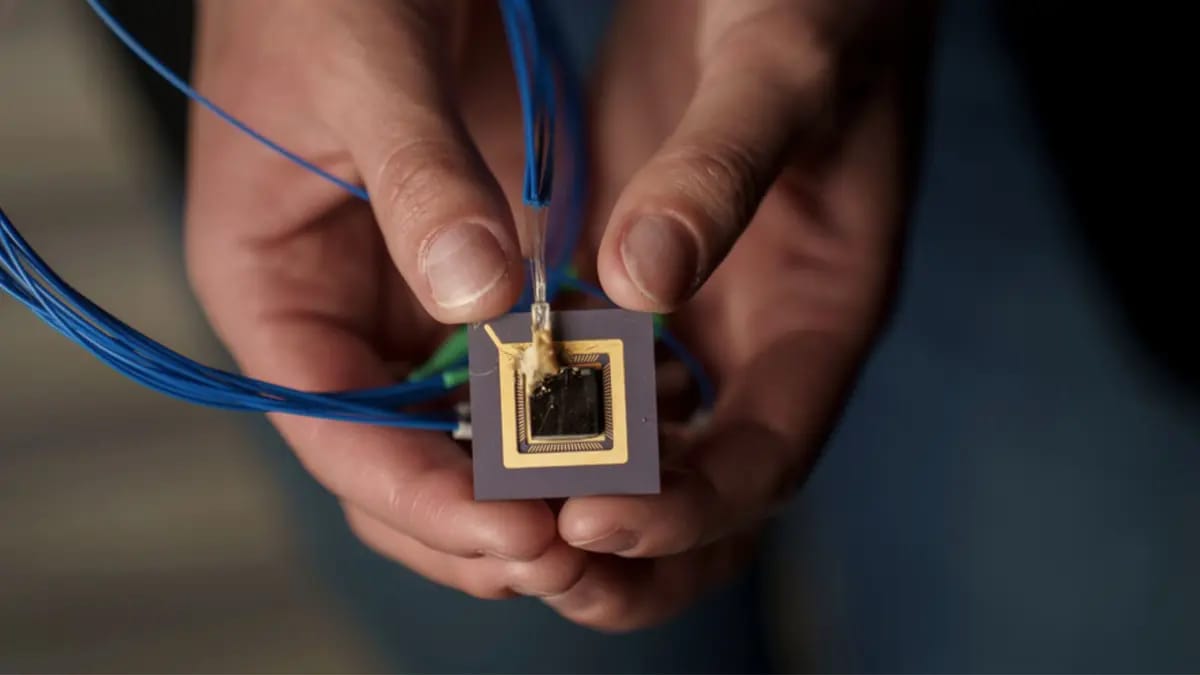
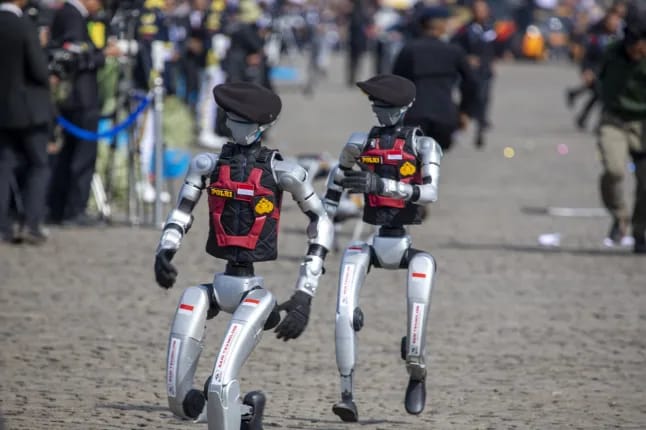
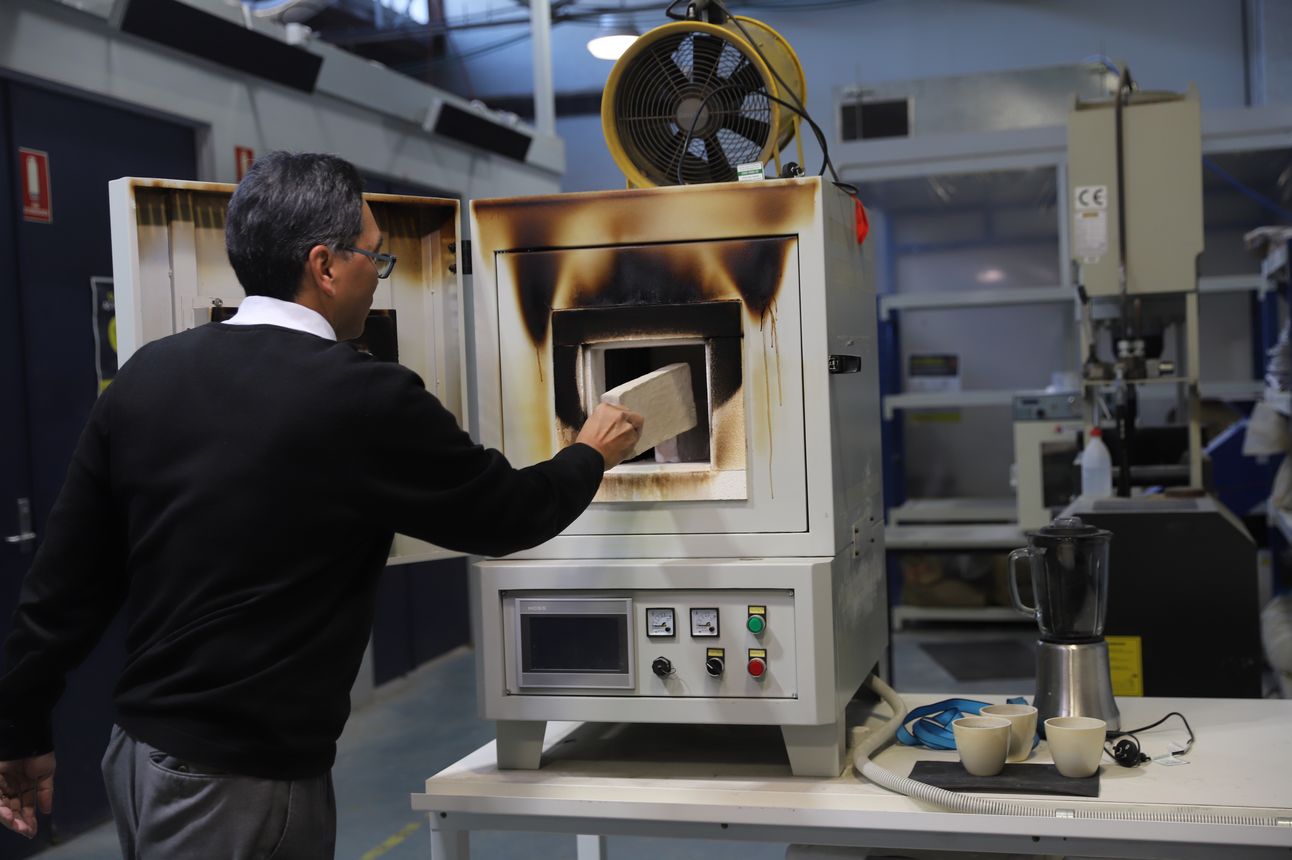
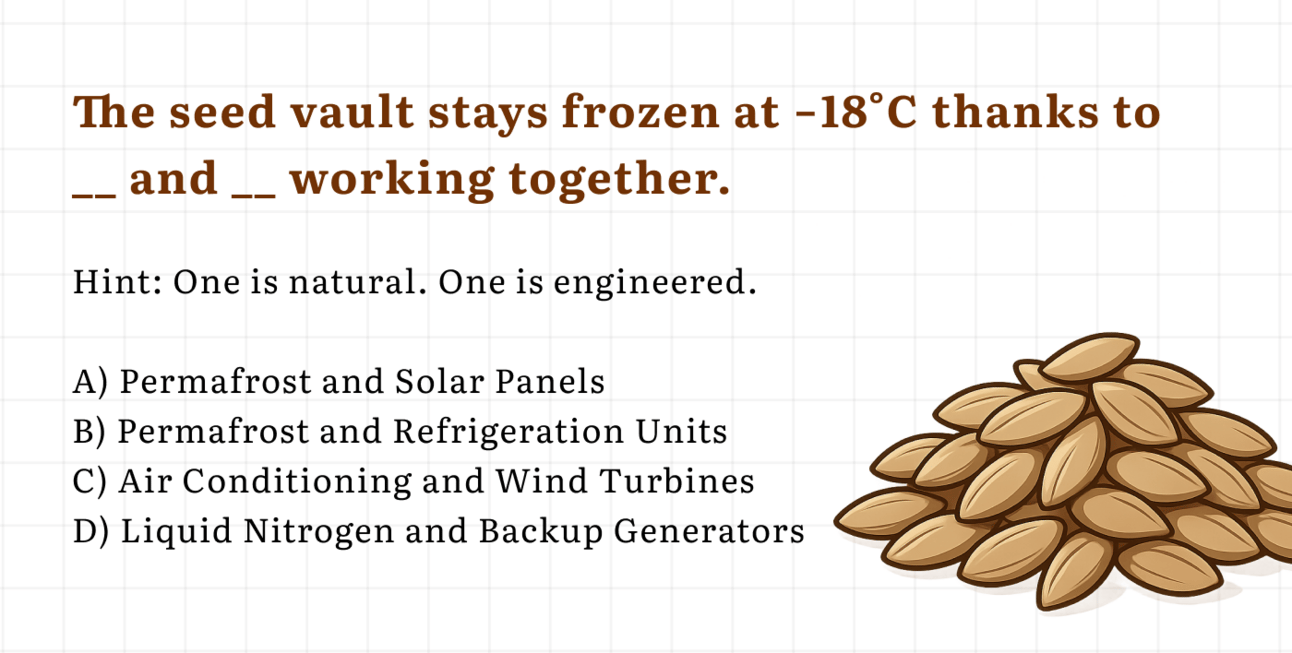
Reply